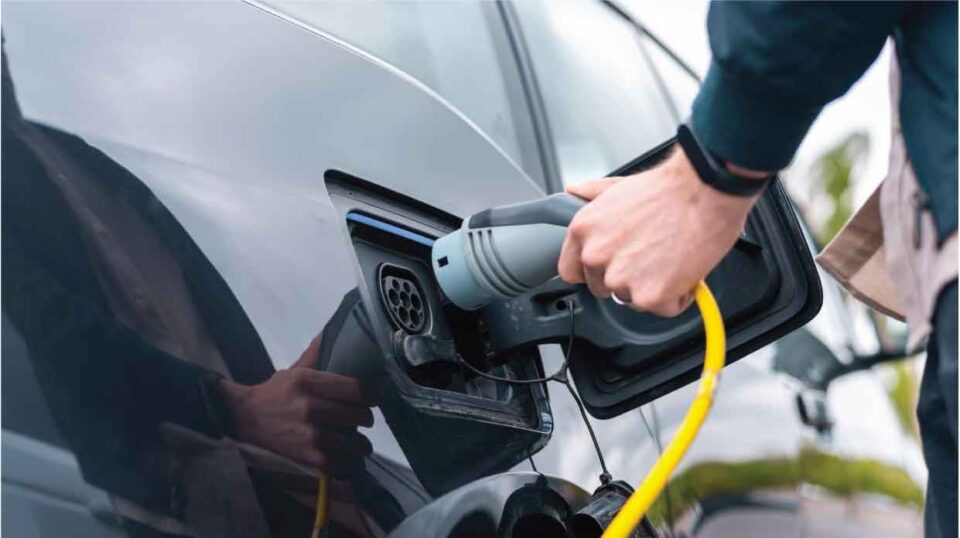Electric vehicles (EVs) are gaining popularity as an environmentally friendly and sustainable mode of transportation. With the increasing number of EVs on the road, the need for a robust and efficient charging infrastructure has become crucial.
When it comes to EV charging, understanding the concept of “charger levels” is essential. In this article, we will delve into the different EV charger levels and explore their power and speed capabilities.
1. Level 1 Charging: The Basic Plug-In
Level 1 charging is the simplest and most basic form of EV charging. It involves plugging the vehicle directly into a standard 120-volt electrical outlet using the charging cable that comes with the car.
Level 1 charging is typically slower compared to other levels, delivering a charging rate of around 2 to 5 miles of range per hour. This level is best suited for overnight charging at home or in situations where a faster charge is not required.
2. Level 2 Charging: Faster and More Versatile
Level 2 charging offers a significant improvement in charging speed over Level 1. This level requires the installation of a dedicated 240-volt charging station, commonly found at home, workplaces, and public charging stations.
Level 2 chargers provide a charging rate of around 10 to 30 miles of range per hour, depending on the vehicle’s charging capabilities. They are much more versatile and efficient compared to Level 1 chargers, making them a popular choice for many EV owners.
3. DC Fast Charging: Rapid Power Boost
DC Fast Charging, also known as Level 3 charging, is the fastest charging option available for EVs. Unlike Level 1 and Level 2 chargers, DC Fast Chargers bypass the vehicle’s onboard charger and directly deliver high-voltage DC power to the battery pack. This enables rapid charging and can provide up to 100 miles of range in just 20-30 minutes, depending on the vehicle and charger specifications.
It’s important to note that not all EVs support DC Fast Charging, and the charging speed may vary depending on the vehicle’s battery capacity and charging capabilities. DC Fast Chargers are typically found along major highways, at public charging stations, and in commercial areas, allowing for convenient long-distance travel and quick top-ups.
4. Understanding Charging Time and Battery Capacity
When evaluating EV charger levels, it’s crucial to consider charging time and the vehicle’s battery capacity. The charging time will vary depending on the charger level and the battery size. For example, a Level 1 charger may take 8 to 12 hours to fully charge an electric vehicle with a larger battery, while a Level 2 charger could accomplish the same in 4 to 6 hours.
The battery capacity of an electric vehicle determines the distance it can travel on a single charge. Higher-capacity batteries typically require more charging time to reach full capacity. However, it’s worth noting that most EV owners do not need to fully charge their vehicles every time, as daily commuting and regular usage can often be covered by partial charges.
5. Choosing the Right Charger Level
Selecting the appropriate charger level depends on individual needs and requirements. Level 1 charging is suitable for overnight charging at home, especially if daily driving distances are short. Level 2 chargers are more versatile and offer faster charging speeds, making them ideal for home installations and workplaces where longer charging durations are feasible. DC Fast Chargers are best for long trips and quick top-ups on the go.
Understanding the different EV charger levels is essential for EV owners and potential buyers. Level 1 charging provides basic charging capabilities, while Level 2 chargers offer faster and more versatile options. DC Fast Chargers provide rapid charging for long-distance travel. By considering factors such as charging time, battery capacity, and individual.

